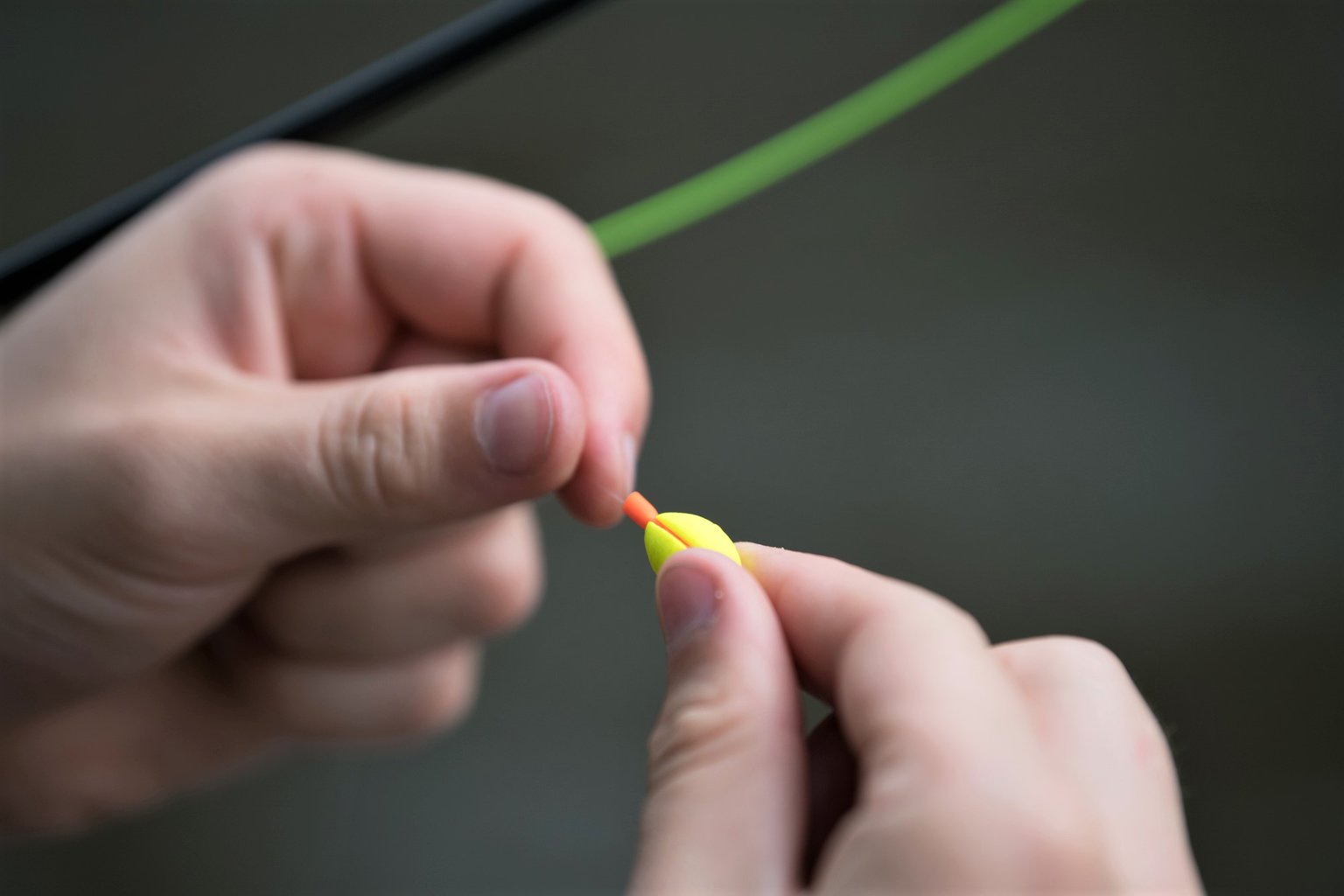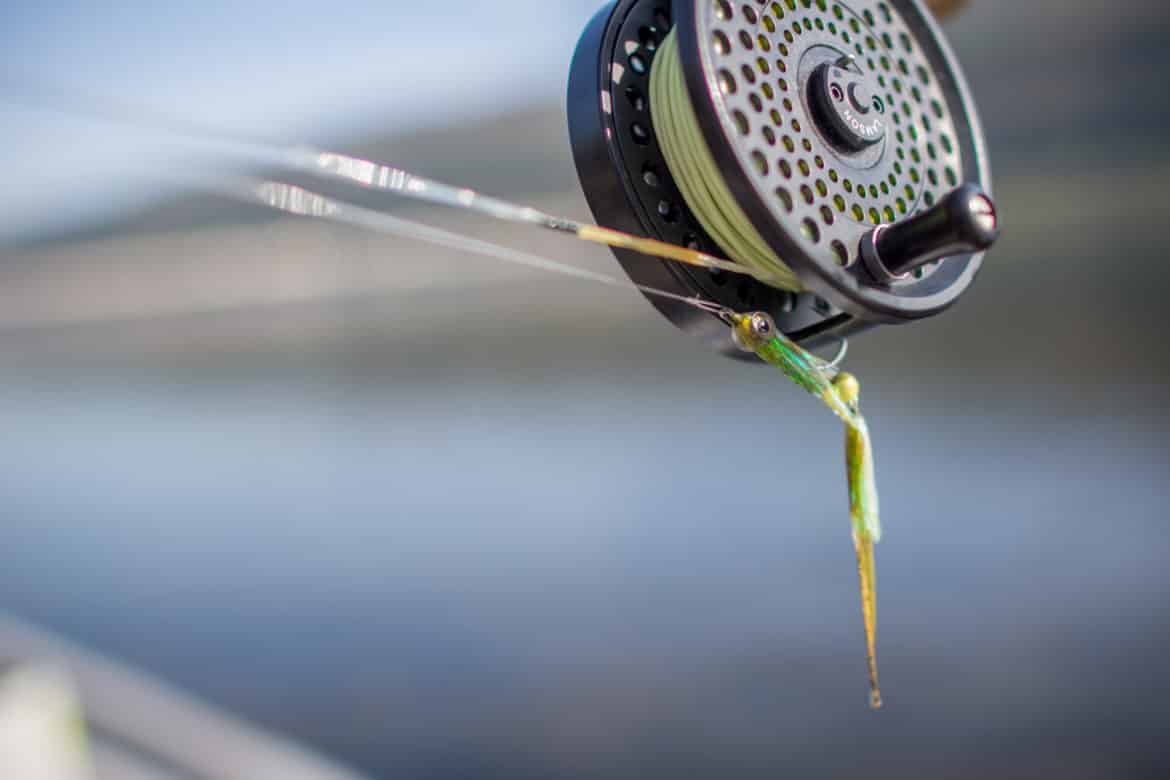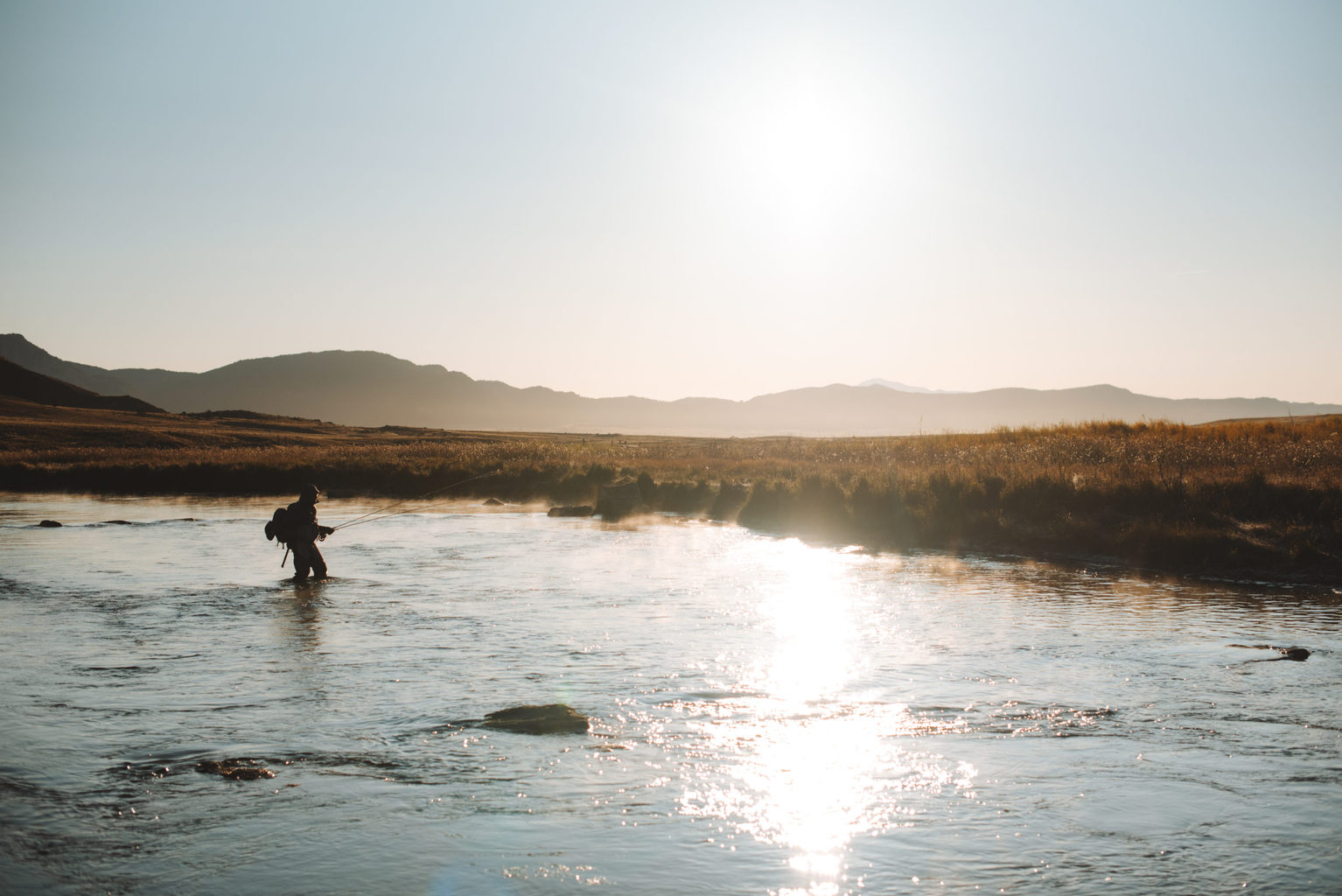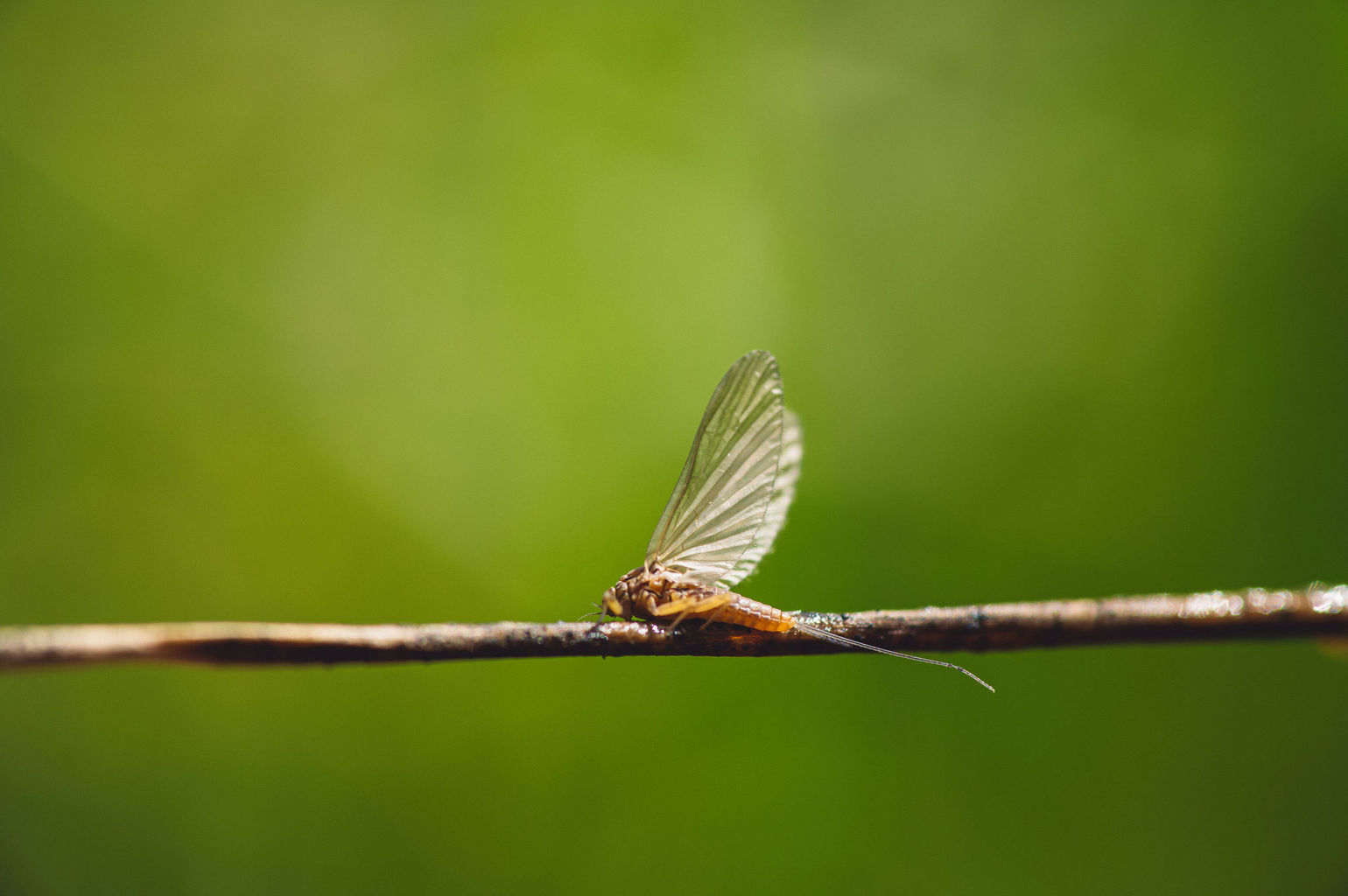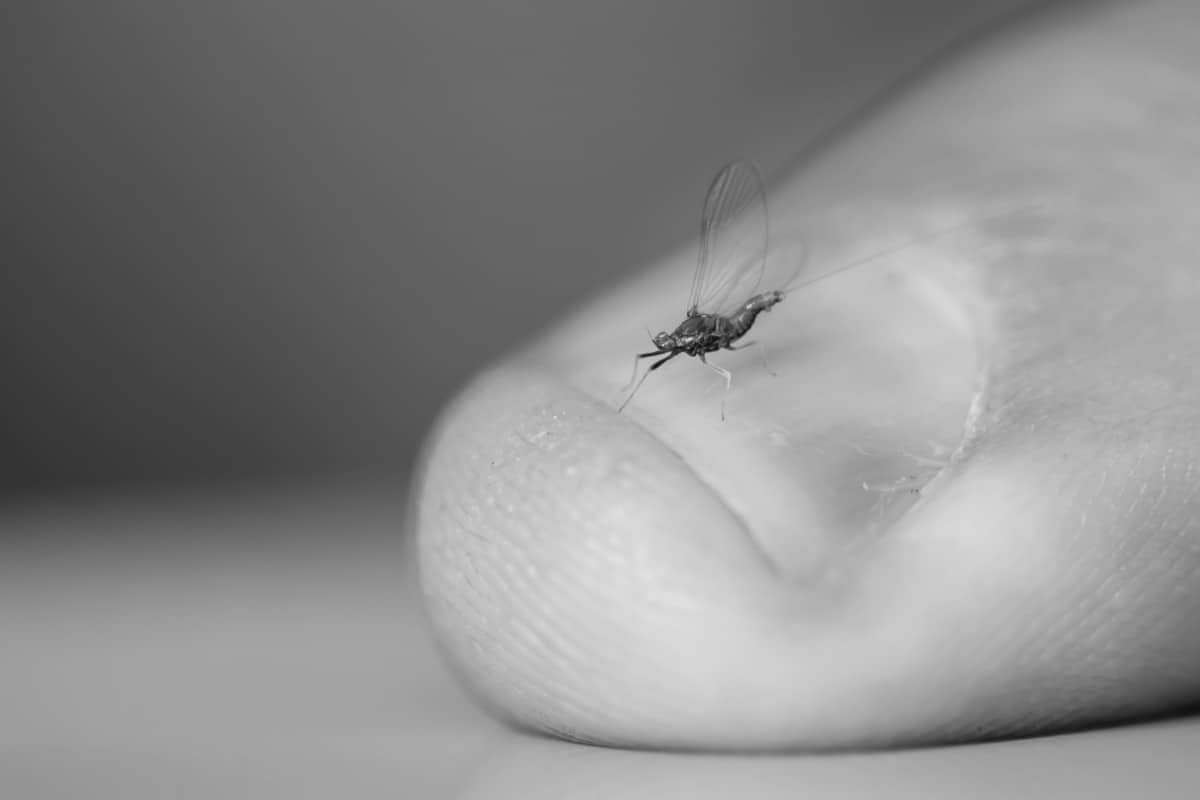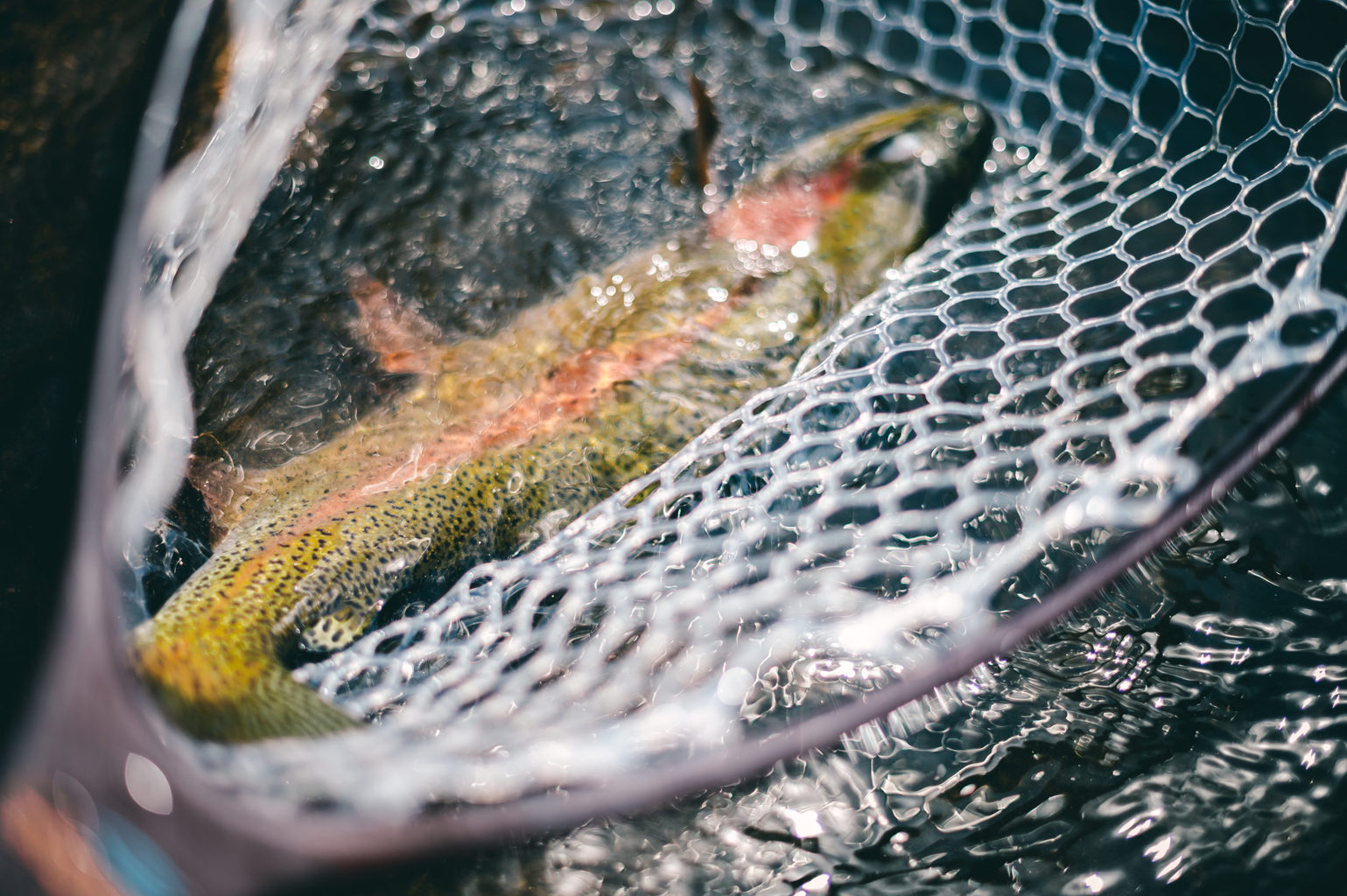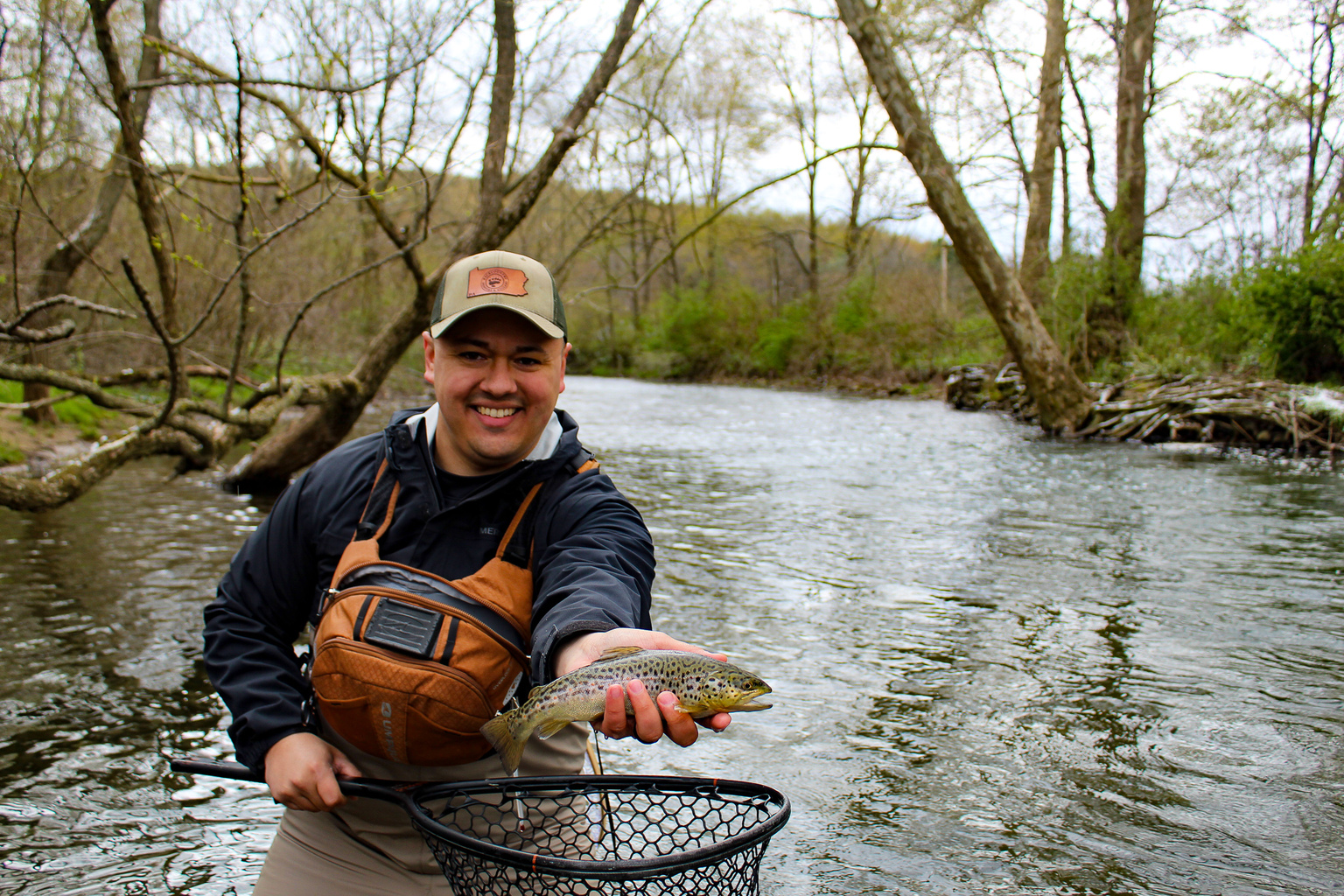6 Different Strike Indicators for Nymphing
There are fly fishing indicators designed for nearly every single different scenario. I’ve even used buoyant pieces of a twig when I made the mistake of leaving my foam indicators in the car. There must be a dozen different floating indicators, line indicators, and bio-putty. The good news is you don’t need all of them. In most cases, you will probably only need 3 different ones max.

Euro Nymphing
Euro nymphing rigs can be extremely creative. Instead of a floating indicator, you’ll use your line as a strike indicator. This is for you to have a greater control over your nymphing rig and respond to even the slightest ‘take’. By letting your line slightly arch and bend into the water the slightest take or bump will cause the bend to straighten out. The sight of your line tightening will signal you to set the hook.
Fly fishing with the euro nymphing technique is the most strike-sensitive method and picks up even the most subtle takes. These strike indicators is great for nymphing and when you feel a splash on the surface from a dry fly or floating indicator would spook the fish.
1. Bicolor Monofilament
Bicolor monofilament is super simple to use. It is a section of bright lime green monofilament and or a section of hot red monofilament that gets tied into your leader. The two different colors work with each other in varying degrees of light conditions so you can vividly spot your line in the water.
- Neon lime green – great in low-light conditions
- Hot red orange – great in bright water conditions
2. French Curley-Q
Much like a pig-tail, these loose coils of the Curley Q will stretch ever so slightly when a fish takes your fly. You will never have the entire Curley Q stretch out on a strike but only a small twitch. This indicator is great for selective fish using small nymphs in shallow water.

Suspension Nymphing
Suspension nymphing is just a fancy way of saying, “Using a floating indicator.”
There are indicators for all sorts of situations from slow-runs to fast riffles. But, before you choose an indicator it is best to consider these 2 factors to figure out which one to use:
- How heavy is your nymphing rig.
- Are the fish easily spooked.
1. Balloons / Thingamabobbers
Thingamabobbers are, basically, a plastic balloon that only floats because of the air pocket cased within. In recent years these have become extremely popular in the fly fishing world.
2. Dry Flies
Using dry flies is one of my absolute favorites and here’s why. It’s an indicator…but with a hook. So not only can you tell when your nymph gets hits, but you have the opportunity of catching fish off the top. Double your chances of success.
I always make sure that I have a dry fly buoyant enough to hold my nymph rig up. Usually, I tie on a bright attractor pattern like a Stimulator or a Hi-Vis Parachute Adams for smaller nymphs and a dense foam bug like a Chubby Chernobyl for heavy weighted nymphs.
Realistically, you can use whatever dry fly you want as long as it can stay above the water with the weight of the nymph rig hanging off the back. Even better, you can go technical and match the hatch with both your nymph and indicator dry fly pattern. So if caddis are hatching, you can tie on a caddis emerger off the back of an Elk Hair caddis—or something like that.
3. Foam Football Strike Indicators
Here’s our favorite indicator for nymphing. They come in all sorts of sizes but we prefer the smallest size because it’s easy to take on or off without kinking the leader and its easily visible. We’ve also never had a real issue with real heavy nymphs dragging this indicator down under because it’s foam is so densely packed with air.
The only downfall to these foam football strike indicators is that it can make a ratherly large disturbance when it hits the surface. But, one way to avoid spooking fish is just to cast far enough in front of the fish that the disturbance isn’t a problem.
On the other hand, if the water is extremely shallow and fish are on high-alert switch to a wool or dry fly indicator.
4. Wool Strike Indicators
Wool strike indicators, like the New Zealand Strike Indicators, are a tuft of wool or yarn that is attached to your leader. Being so extremely light and highly visible makes them perfect for shallow water and spooky fish.
Although, you can not use heavy nymphing rigs with wool indicators because it will absolutely pull them under. It’s in your best interests to use these types of indicators with lightweight nymphing rigs and emergers.
Fly Fishing Made Easy 👍
Our Quarterly Fly Club ships 1,000’s of flies to anglers all across the United States. Receive curated fly assortments selected for the season with in-depth articles on how to fish them. Great for beginners to learn and for intermediates to discover new flies.

